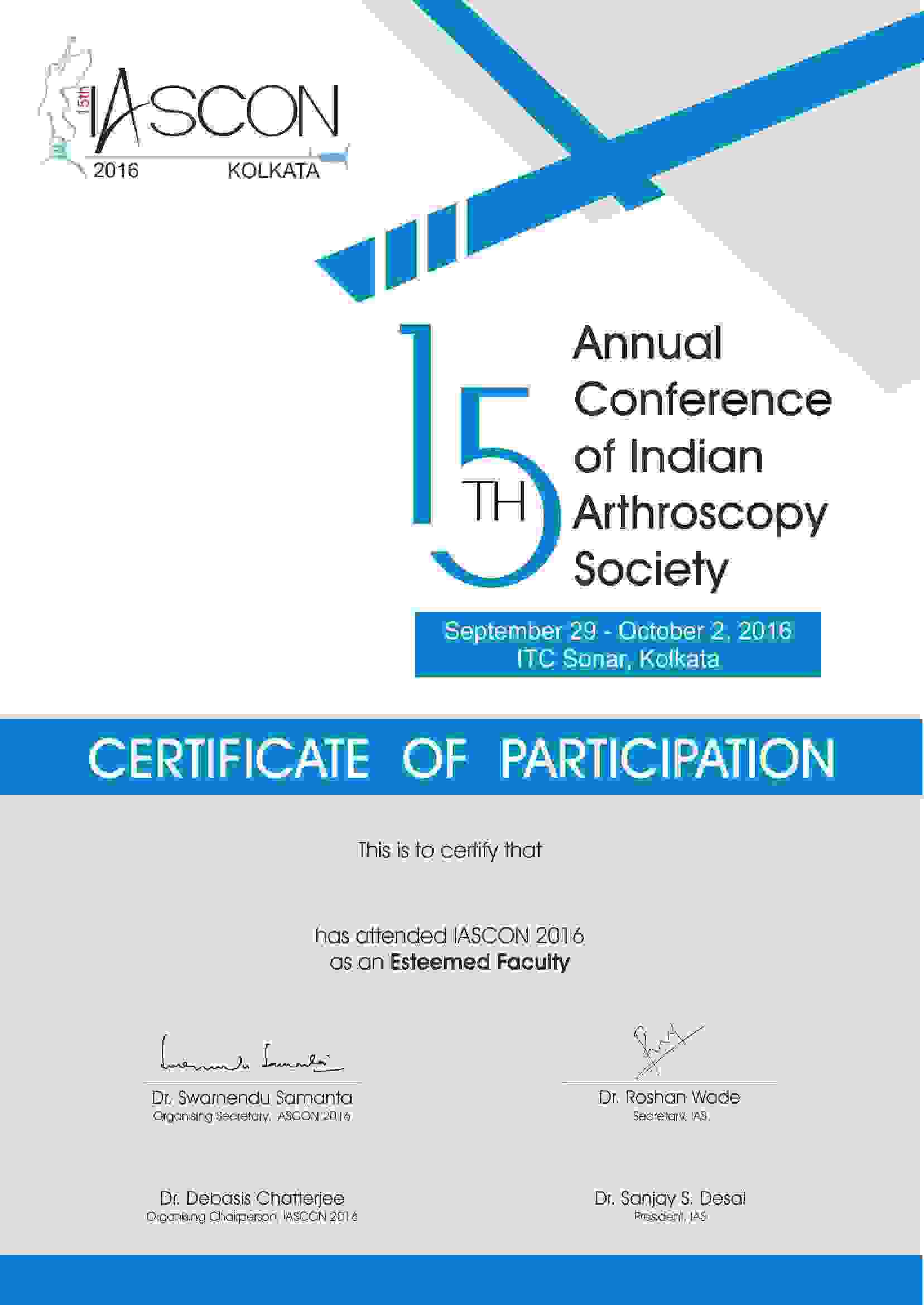Carpal tunnel syndrome refers to pain, tingling, and other problems in your hand caused by pressure on the median nerve in your wrist. The carpal tunnel is a small space in your wrist through which the median nerve and tendons from your forearm run to your hand.
Causes:
The pressure on the median nerve results in carpal tunnel syndrome. Some of the factors that could lead to carpal tunnel syndrome include:
- Illnesses such as hypothyroidism, rheumatoid arthritis, and diabetes.
- Pregnancy
- Obesity
- Making the same hand movements or the wrist movements repeatedly
- Wrist injuries and bone spurs.
- Smoking, as it can reduce the flow of blood to the median nerve.
Symptoms
- Tingling sensation, weakness and numbness
- Pain in the fingers or hand.
- Pain in the arm, between the hand and the elbow.
- Symptoms may occur in all the fingers i.e. the thumb, index finger, middle finger, and half of the ring finger except your little finger.
Diagnosis
The doctor will do a thorough physical examination and go through your medical history. Blood tests and nerve testing would be performed as part of the diagnosis.
Treatment:
To make your hand and wrist feel better, you can do a few things at home:
- Refrain from activities that may cause numbness and pain.
- Rest your wrist longer in between activities.
- Maintain a healthy body weight.
- Perform exercises daily
- Apply ice on your wrist for 10 to 15 minutes, one or two times every hour.
- Using non-steroidal anti-inflammatory drugs (NSAIDs) to relieve pain and swelling.
- Wear a wrist splint at night in order to keep your wrist in a neutral position.
- When you type on the computer, keep your wrists straight, with your hands slightly higher than your wrists. Always relax your shoulders when your arms are at your sides.
If your symptoms persist even after one to two weeks of home care, then you need to consult a doctor. You may require medicine for carpal tunnel syndrome or for a health issue that made you prone to carpal tunnel syndrome.
Surgery is recommended only when symptoms get so worse that you can’t work or do your daily activities. During surgery, the doctor would cut the ligament at the top of the carpal tunnel. This creates more space in the tunnel and relieves the pressure on the median nerve. In certain cases, the surgery does not help to completely get rid of pain or numbness.











